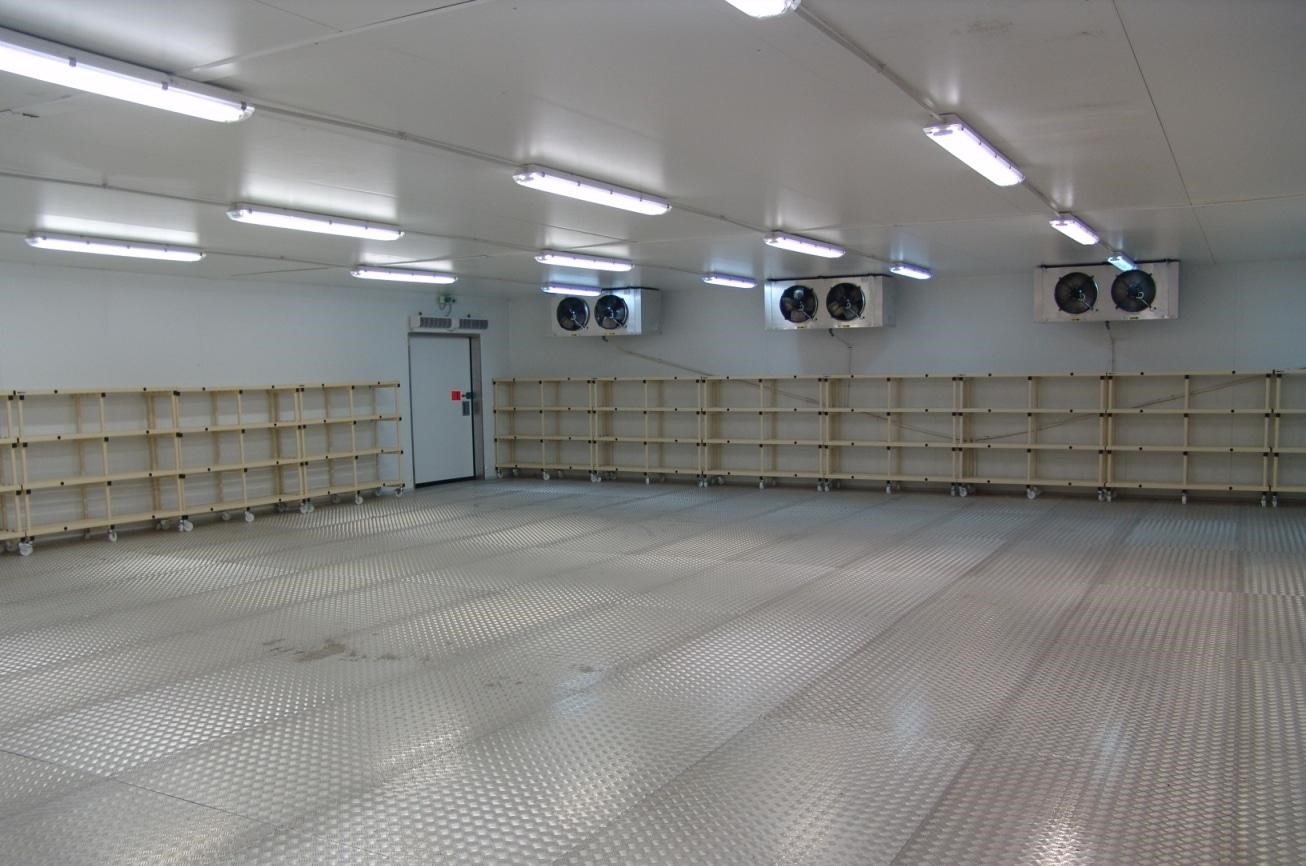In the ever-evolving landscape of cosmetics, one trend stands out as a beacon of innovation and consumer-centricity: the power of personalization. Customizable cosmetic packaging solutions have emerged as a game-changer, offering beauty enthusiasts the opportunity to tailor their products to suit their unique preferences, needs, and aesthetic sensibilities. From personalized palettes to bespoke lipstick shades, these customizable options empower consumers to express themselves creatively and authentically, forging a deeper connection with the brands they love while redefining the boundaries of beauty customization. At the heart of this trend lies a simple yet profound truth: one size does not fit all. Recognizing that every individual is unique, cosmetic brands are embracing the concept of personalization to cater to the diverse needs and desires of their customers. Whether it is a skincare regimen tailored to specific skin concerns or a makeup palette curated to complement one’s complexion and style, customizable packaging solutions offer a level of flexibility and choice that traditional beauty products simply cannot match. By putting the power of customization into the hands of consumers, brands are empowering them to create beauty experiences that are as individual as they are.

One of the most exciting aspects of customizable custom perfume bottles is the opportunity for self-expression. From selecting the perfect shade of lipstick to designing a custom eyeshadow palette, consumers are invited to play an active role in the creative process, transforming their beauty routines into personalized works of art. Whether it is a bold statement lip or a subtle, natural look, customizable packaging allows individuals to express their unique personality and style, making beauty truly personal and meaningful. But personalization goes beyond mere aesthetics; it is also about addressing the specific needs and concerns of consumers. With customizable skincare packaging, for example, individuals can choose products tailored to their skin type, concerns, and goals, ensuring that their beauty routine is not only effective but also personalized to deliver optimal results. Whether it is combating acne, reducing fine lines and wrinkles, or achieving a luminous complexion, customizable skincare solutions offer targeted treatments that address the unique needs of each individual, empowering them to achieve their skincare goals with confidence and ease.
Moreover, customizable packaging solutions offer a level of inclusivity and diversity that is sorely lacking in the beauty industry. By allowing consumers to create products that cater to their specific skin tones, textures, and preferences, brands can celebrate the beauty of diversity and empower individuals of all backgrounds to feel seen, heard, and perfume bottle manufacturers represented. Whether it is offering a wide range of foundation shades or providing options for different hair types and textures, customizable packaging solutions enable brands to embrace inclusivity and foster a sense of belonging within their communities. In conclusion, the power of personalization is revolutionizing the cosmetics industry, offering consumers the opportunity to create beauty experiences that are as unique and individual as they are. From personalized palettes to customizable skincare solutions, brands are empowering consumers to express themselves creatively, address their specific needs and concerns, and celebrate the beauty of diversity and inclusivity. By embracing the concept of personalization, cosmetic brands can forge deeper connections with their customers, inspire loyalty and trust, and redefine the future of beauty in a world that celebrates individuality and self-expression.




 Fast forward to the present, and Bitcoin stands tall as a legitimate asset class, embraced by institutional investors, corporations, and even governments. The narrative has shifted from skepticism to acceptance, with institutions like Tesla and MicroStrategy adding Bitcoin to their balance sheets, signaling a seismic shift in the financial landscape and our website
Fast forward to the present, and Bitcoin stands tall as a legitimate asset class, embraced by institutional investors, corporations, and even governments. The narrative has shifted from skepticism to acceptance, with institutions like Tesla and MicroStrategy adding Bitcoin to their balance sheets, signaling a seismic shift in the financial landscape and our website  A well-executed photograph is a harmonious blend of these elements, where each decision made by the photographer contributes to the final image. The rule of thirds, leading lines, and the golden ratio are more than just compositional guidelines; they are the tools that help frame a story within the confines of a photograph. Artistry, on the other hand, is what breathes life into these technicalities. It is the photographer’s unique perspective and creative flair that distinguishes their work from others. It is in the way they play with light and shadow, the emotions they evoke through their subjects, and the stories they choose to tell. Artistry is evident in the spontaneity of a candid shot, the depth of a portrait, or the grandeur of a landscape. It is in the subtleties—the way the light caresses a subject’s face, the intricate details of a flower petal, or the raw emotion in a person’s eyes.
A well-executed photograph is a harmonious blend of these elements, where each decision made by the photographer contributes to the final image. The rule of thirds, leading lines, and the golden ratio are more than just compositional guidelines; they are the tools that help frame a story within the confines of a photograph. Artistry, on the other hand, is what breathes life into these technicalities. It is the photographer’s unique perspective and creative flair that distinguishes their work from others. It is in the way they play with light and shadow, the emotions they evoke through their subjects, and the stories they choose to tell. Artistry is evident in the spontaneity of a candid shot, the depth of a portrait, or the grandeur of a landscape. It is in the subtleties—the way the light caresses a subject’s face, the intricate details of a flower petal, or the raw emotion in a person’s eyes.
